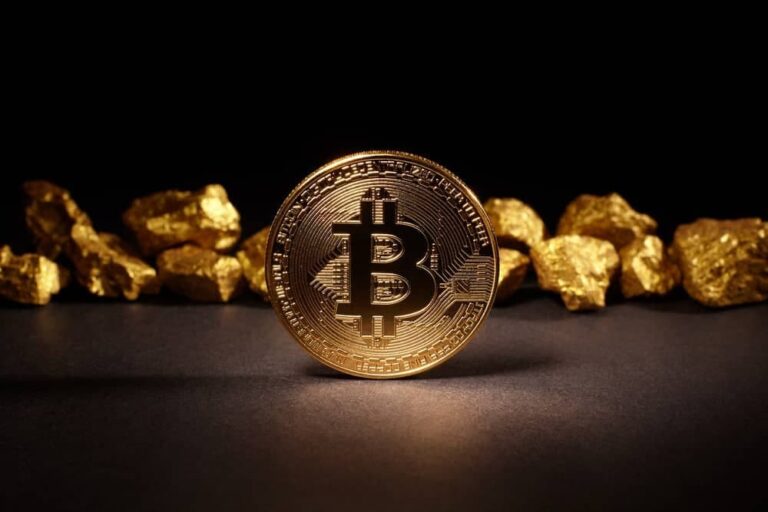The interplay between digital and traditional assets continues to captivate investors and financial enthusiasts worldwide. As we navigate through 2025, Bitcoin and gold shine brightly in the investment landscape, setting remarkable benchmarks. While gold has consistently delivered stable returns, Bitcoin’s trajectory suggests a burgeoning recognition similar to that of the precious metal. This exploration delves into Bitcoin’s potential to rival gold as a safe haven, analyzing the implications of its market capitalization and prospective growth.
Bitcoin vs. Gold: Evaluating the Future of Digital and Traditional Assets
In today’s financial climate, gold has cemented its place as a reliable asset, boasting a market capitalization of $27.484 trillion and a trading value reaching $4,093 per ounce. Meanwhile, Bitcoin trails as the leading digital currency, priced at $114,939 with a market valuation of $2.29 trillion.
Understanding Market Potential: Bitcoin Catching Up with Gold
As Bitcoin gradually positions itself as a digital equivalent to gold, the question arises: what would Bitcoin’s value be if it captured a portion of gold’s market share? To hypothesize, if Bitcoin were to achieve half of gold’s market capitalization, estimated at $13.742 trillion, the calculation would involve multiplying Bitcoin’s current price by the ratio of the new potential market cap to its existing valuation. This speculative approach yields a projected Bitcoin price nearing $689,989.
Such market growth potential supports optimistic forecasts, like those from financial analyst Robert Kiyosaki, who envisions Bitcoin reaching the million-dollar mark. The increasing participation from institutional investors and the rise of exchange-traded funds (ETFs) further solidify Bitcoin’s trajectory, aligning it closer to gold’s established financial role.
Gold Versus Bitcoin: Key Differentiators
Despite sharing attributes of scarcity and a degree of independence from governmental influence, significant differences set gold and Bitcoin apart. Gold, with its tangible presence, serves in various industrial and ornamental capacities, drawing on centuries of validation. In contrast, Bitcoin exists entirely in the digital realm, with value derived from its blockchain network, algorithmic scarcity, and a finite supply cap of 21 million coins.
The volatility in Bitcoin prices underscores its nascent status compared to gold’s stability. For example, Bitcoin witnessed a dip below $110,000 amid geopolitical tensions, while gold maintained its value, reaching new highs.
Frequently Asked Questions
Is Bitcoin a reliable hedge like gold?
While Bitcoin shares some attributes with gold, such as scarcity and a lack of centralized control, its volatility presents challenges for use as a traditional hedge. It offers potential benefits as part of a diversified investment strategy, but it requires careful consideration of market dynamics and risk tolerance.
What factors drive Bitcoin’s price fluctuations?
Bitcoin’s price is influenced by factors including market demand, geopolitical events, regulatory developments, and technological advancements. Market sentiment driven by news and investor speculation also plays a significant role in its volatility.
Can Bitcoin reach the same market stature as gold?
Though Bitcoin has the potential to rival gold as a digital asset, achieving similar market stature hinges on broader adoption, regulatory clarity, and technological advancements. Institutional interest and advancements in financial products like ETFs could also catalyze growth.
This comprehensive guide to Bitcoin and gold highlights their roles in the financial ecosystem, offering insights into their market dynamics and future potential. As you delve deeper, strategic analysis and understanding market nuances will be crucial for informed investment decisions.

